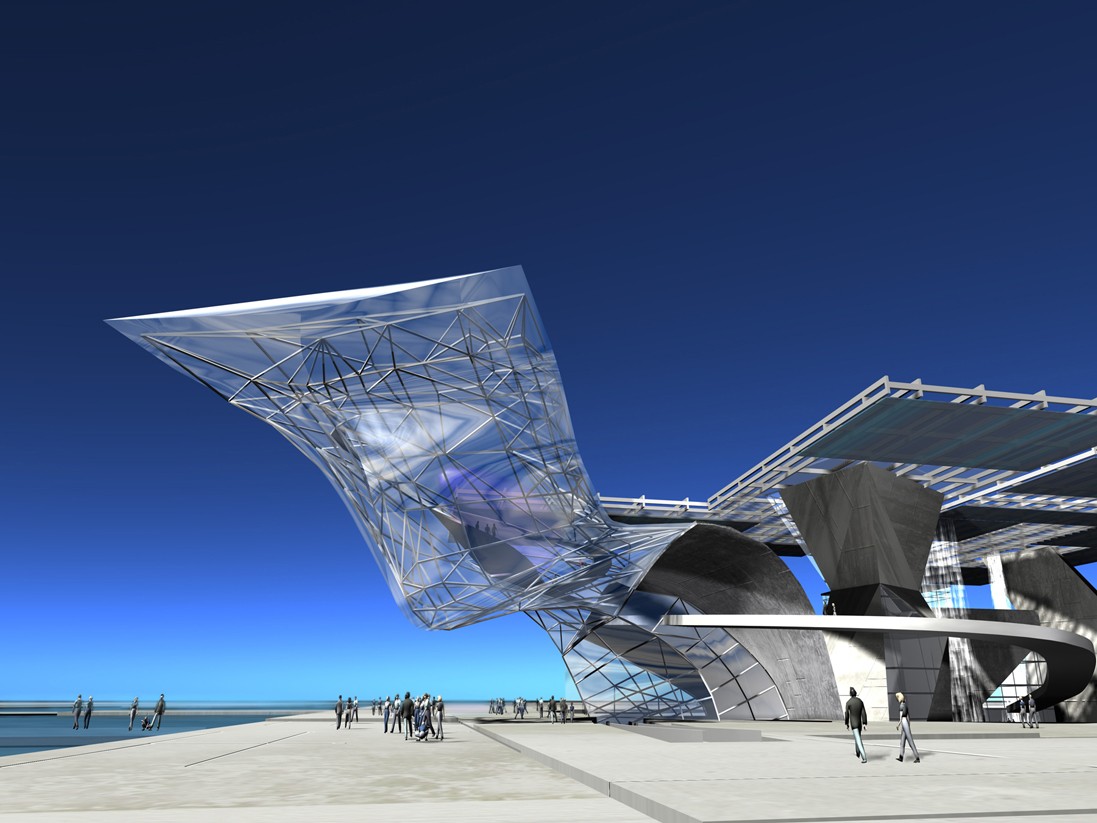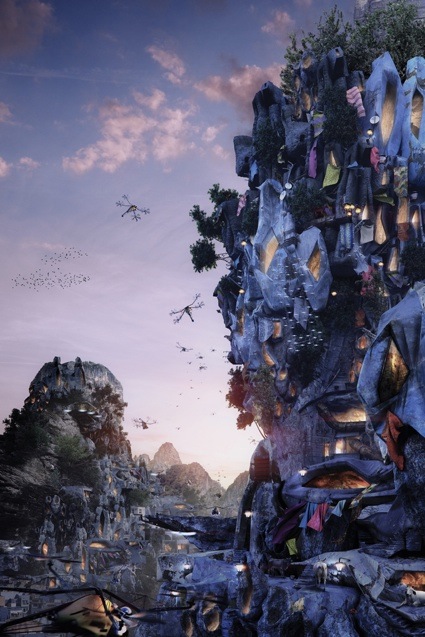
STUDIO INI
Urban imprint
“If there is to be a “new urbanism… it will no longer be concerned with the arrangement of more or less permanent … but for the creation of enabling fields….that refuse to be crystallized into definitive form; it will no longer be about meticulous definitions, the imposition of limits, but about expanding notions, denying boundaries, not about separating and identifying entities, but about discovering hybrids; it will no longer be obsessed with the city but with the manipulation of infrastructure for endless intensifications and diversifications, shortcuts and redistributions – the reinvention of psychological space.”, Dutch architect + Harvard Professor, Koolhaas 959, writer of Delirious New York. URBAN IMPRINT is how we design a piece of this new urbanism, an augmented materiality , as we define it. An environment that is a ‘blank canvas’ to be reshaped by the future self.





